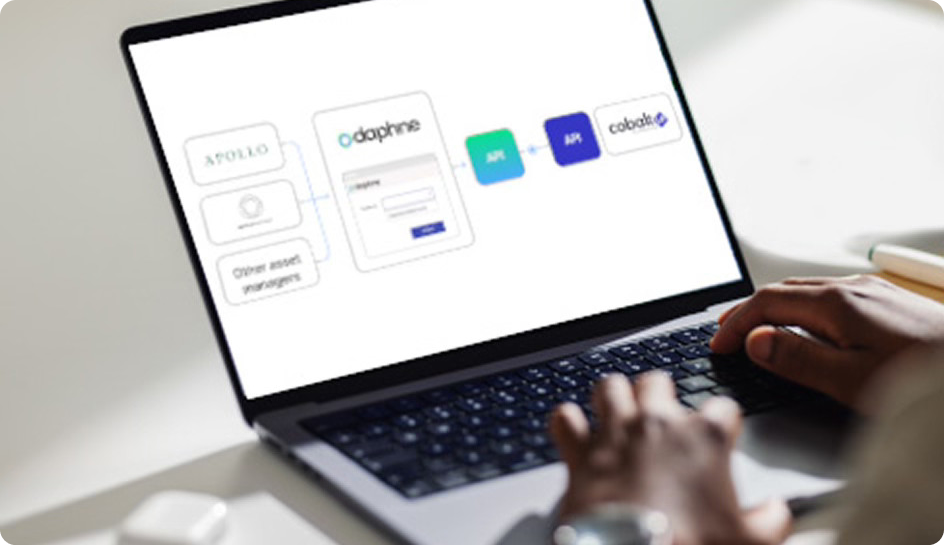

.svg)
.svg)
.svg)

By: Dean Foran,
Lead Technical Architect
Who hasn’t ever felt like they have ran at full speed to keep the plates spinning while juggling all the balls in the air? Business development and Investor Relationship Professionals at GPs feel the same way. GPs need their fund data to reach investors accurately and timely, but they are burdened by the simple fact that every system or LP speaks a slightly different language.
That’s where Daphne’s schema was born, not as another API, but as a way to translate private-markets data into a common language. It emerged from years of watching fund managers and their data teams manually reconcile performance, valuations, and share classes across countless systems. Each GP had built its own internal logic; each LP had to reinterpret it. The friction wasn’t in the data itself; it was in the absence of translation.
The saying goes, “Change is the only constant”, and that couldn’t be more true in our industry. At the center, is the fund or vehicle, the Product. GPs are raising, launching, and managing new products all the time, with a variety of structures, asset classes, performance, valuation methodologies, cash flows, and publications. Together these characteristics describe and define what a product is today, but that never stays constant. Daphne covers this by making every data point time-bound, versioned, and traceable to its source. This means that rather than exporting flat, static numbers, a GP expresses the logic of its fund, how it evolves across vintages, share classes, and reporting periods.
Beneath that surface, the Daphne’s schema is grounded in academic principles that make it robust enough to serve the industry.
Combining the best concepts from accounting systems, data-warehouse design, and ontology engineering, the schema is not just practical, but rigorous. It is adapted to the realities of private-market complexity, where one “fund” can have many shapes, histories, and access rules.
The result for GPs is transformative. Instead of re-formatting data for each LP, consultant, or distribution partner, managers can publish once and distribute everywhere with confidence. Data flows directly into investment consultants, wealth distribution platforms, data providers or internal BI pipelines without manual reconciliation. Updates carry their own version history; every recipient knows what changed and when.
For investors and analysts, that consistency becomes trust. For GPs, it means faster reporting, fewer errors, and better governance. And for the market as a whole, it’s a foundation, a shared model that bridges fund managers and the people who rely on their data, one schema at a time.
